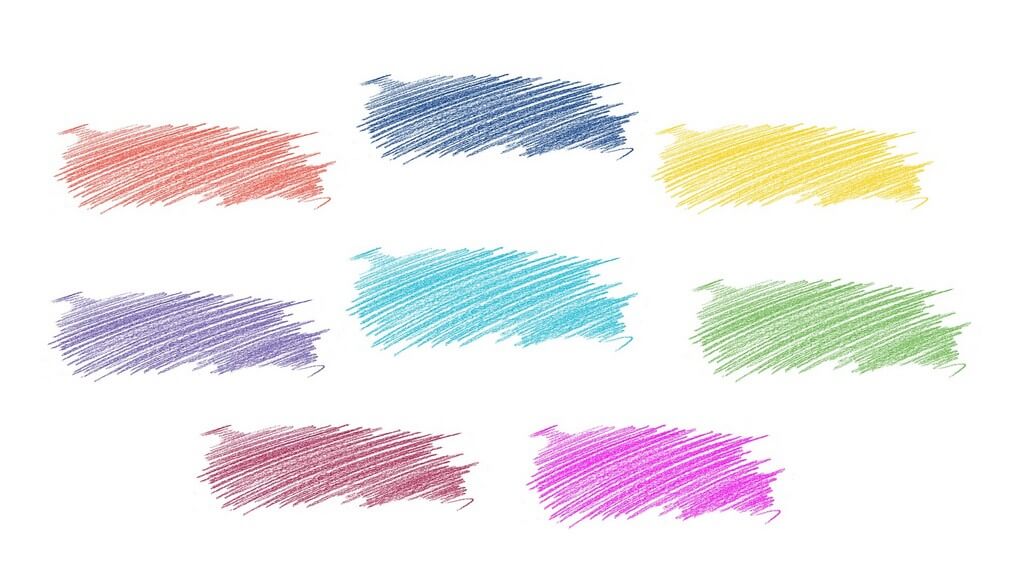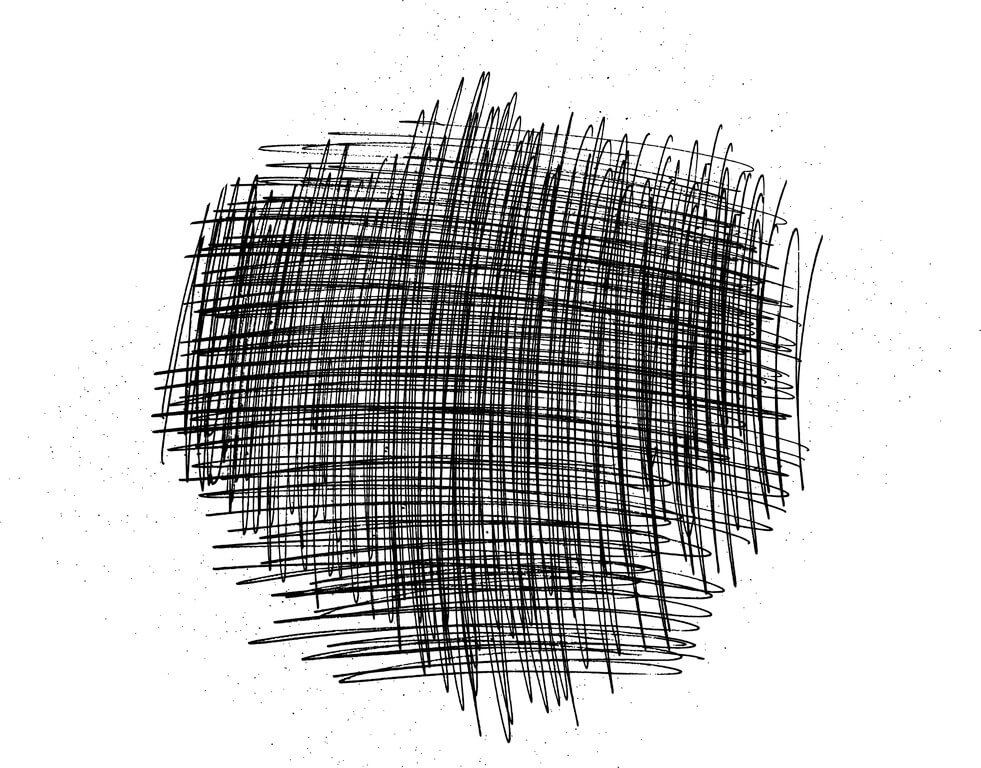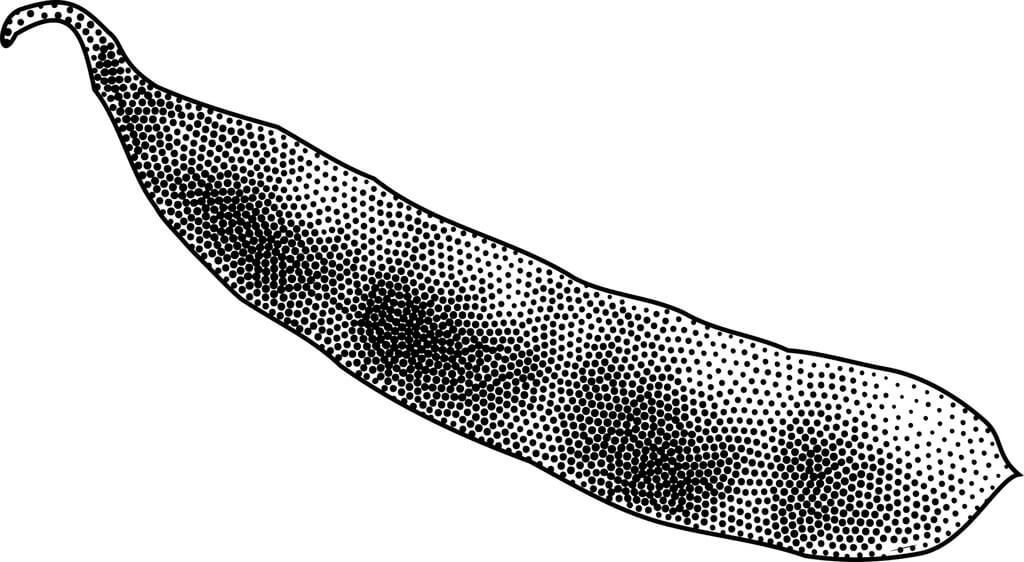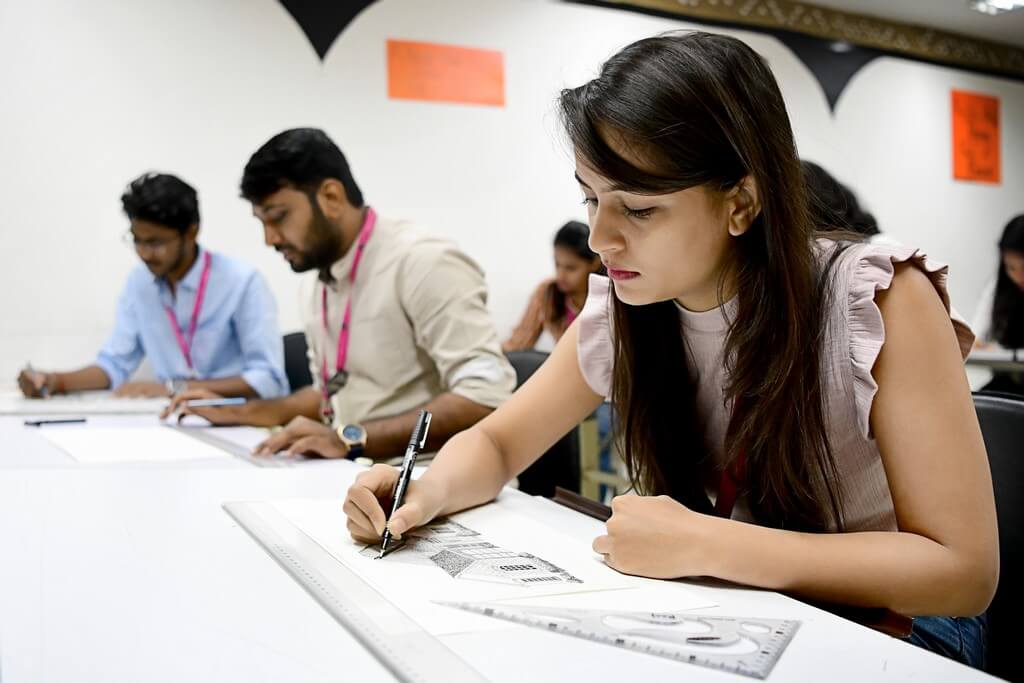Basics Of Sketching For Beginners
28/03/2022 2023-10-20 12:58Basics Of Sketching For Beginners
Do you like going to art galleries? Do you also get mesmerized by the variety of paintings and sketches on the display and keep wondering how to do it on your own? Sketching is a pop art form that has always been appreciated. The best part is Sketching does not need a whole bunch of varied tools and is all about the technique.
In the design industry, be it fashion design, interior design, product design, UI/UX design, jewellery design and more, knowing the basics of sketching is a crucial requirement. Whenever you are brainstorming, you sketch your ideas and then work on them. Moreover, the art form can be used to give a shape and depth to your design as well.
If you are someone, who has just picked up the pencils and is making a way through to create art pieces then you should know these basics of sketching to give life to your artwork.
1. Hatching and Cross-Hatching
Hatching and cross-hatching, the conflated terms are the basics for creating value to the sketch. In hatching, non-crossing lines are sketched in order to create textures in the image. Depending on the light source and the depth that the artist wants to create, lines are drawn. Dense lines show the shadowed area while the brighter side has less number of lines with gaps. Cross-hatching imparts the same effect but lines intersect each other in a criss-cross manner. It creates a contour effect in the sketch and gives depth to the zone.

2. Stippling:
In stippling, the artist uses dots to create an image. The depth, shadows and highlights are created by the varied use of dots. To create depth, dots are dense and closely placed. Stippling needs time and focuses on the right technique. Evenness is of utmost importance in stippling. Use the same pressure on the pen or pencil throughout the process of stippling. Precision is the key to creating spell bounding sketches.
3. Stumping:
Smudging and blending are integral parts of sketching. It creates a shade in your sketch. Smudge or blend helps in creating a gradient and gives a smooth finish to the sketch. Blending stumps are sticks that artists use to smudge the charcoal and pencil lines in order to create value to the image. Stumping also helps in creating the shape of the object. You can use your fingertips also to create the smudge effect.
4. Rendering:
Rendering involves the use of an eraser to produce lighter value in the image. Artists use erasers after the shading and smudging usually to create a highlight effect. Rendering also helps in creating a projection of the object in a particular direction. It also helps in identifying the direction of the light source.
As an artist and a designer, sketching should be a handy technique for you. It requires minimum resources and effectively evokes the emotion that the artist is trying to achieve. Apart from knowing the basic sketch techniques, you should also be familiar with the angles and the pencils that you would use to create a sketch. Moreover, to keep your sketch stain and smudge-free, it is also recommended to use another sheet of paper to cover the area on which you are not working. Creating a texture is of utmost importance in sketch and to do so, artists combine various techniques to create a lively and vivid image. JD Institute of Fashion Technology in its multiple courses teaches the basics of sketching. Moreover, the institute also conducts various workshops on sketching techniques where the virtuoso of the field impart their expertise.













